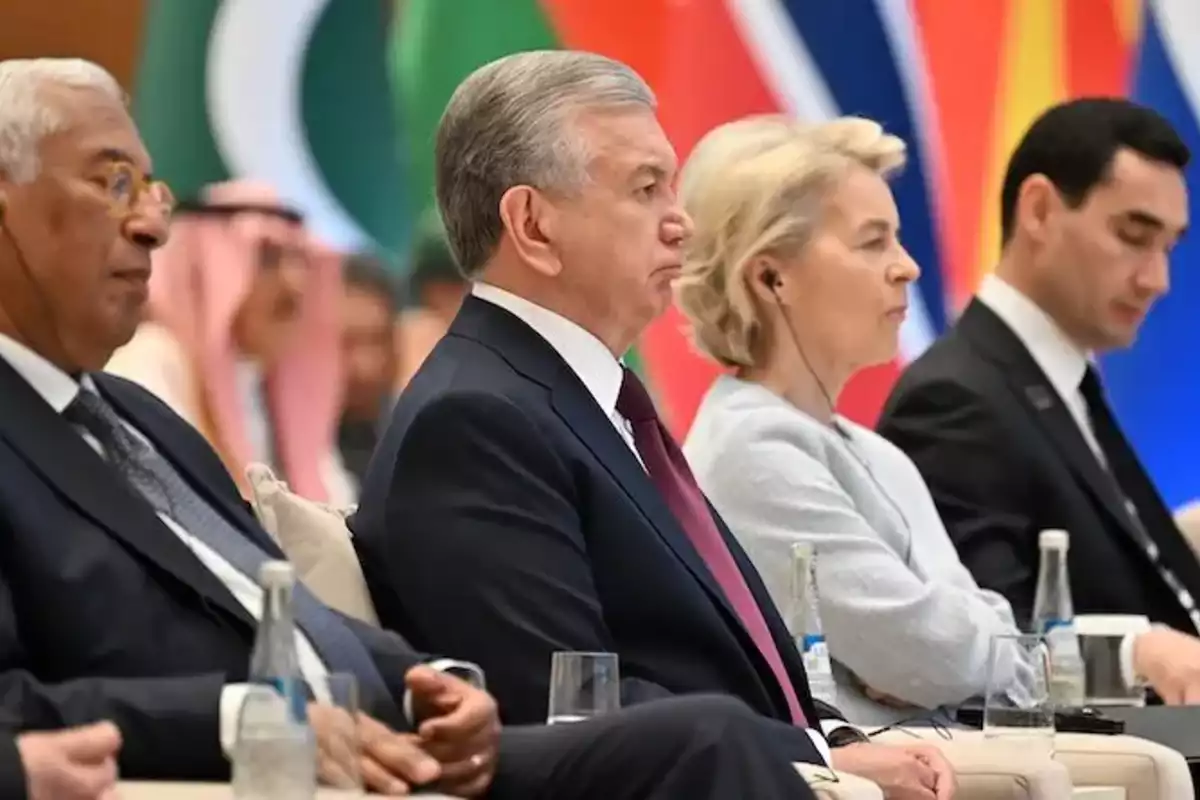
Photo: president.kg
The recent EU-Central Asia summit, held on April 3-4 in Samarkand, Uzbekistan, may have been seen as underwhelming by some scholars, but it could mark the first step toward a significant shift in global geopolitics.
The geopolitical interests between Europe and this crucial region of the world, that in the past the famous founder of geopolitics, Mackinder called the ‘geographical pivot of history’ the ‘Heartland’, has been changed. Before the summit António Costa, President of the European Council, declared that “the very first EU-Central Asia summit will solidify our commitment to work together for peace, security, and sustainable development”, The Caspian Post reports citing foreign media.
During the summit, the EU Commission promised to invest €12 billion in the region to deepen cooperation on transports, critical raw materials, digital connectivity, water, and energy. Even if not gigantic, it may represent an important start in these times of constant global competition and geopolitical realignments.
The economic cooperation between the EU and Central Asia was already quite strong much before the summit. The EU adopted its strategy on Central Asia, which highlighted the growing strategic relevance of the region for EU interests, already in 2019 and since then the economic exchange grew exponentially. Take for example Kazakhstan, whose main trade and investment partner today is not Russia or China, but the EU, with an increase of almost 18% in trade turnover in 2024.
Central Asia became so important since last decade, in particular for its growing role as ‘Middle Corridor’ between East and West of Eurasia, and the potential to recreate the first globalization the world discovered centuries ago with the golden age of the ‘Silk Road’.
Which is why the EU strengthened economic ties with the region through initiatives under the EU Global Gateway Strategy, an alternative to the Chinese Belt and Road Initiative, in particular to support the creation of the Trans-Caspian International Transport Route, exactly the so-called Middle Corridor.
But, as I argued in another article almost 2 years ago, ‘before corridors come unions’, in the sense that to be a bridge is important, but to be united is fundamental. This because otherwise the East and West could get advantages from the empowerment of the Middle Corridor, but the region in the middle could instead be left behind, and become the future area, after Eastern Europe, of Great Powers competition. Integration, therefore, would be very beneficial for all countries in the area, because being at risk of being under the spheres of influence of giants like China and Russia, it could become more difficult for Central Asian countries to defend their national interests alone. However, if the region becomes more integrated, in particular with the external support of the EU, using formats similar to the American “C5 plus 1“, balancing the proximity and the distance to Russia and China, the national interests will be protected by the superior regional strength and power. Therefore, the EU, knowing its history, should seize the moment of this new process of cooperation and support the Central Asia integration by engaging in particular on three fundamental sectors of energy, connectivity, and transportation. The Central Asian states are already showing increasing interest in integrating with each other, so the EU could share first its accumulated experience of integration, in particular at economic level when it started as a Coal and Steel Community to integrate Europe’s coal and steel industries into a single common market after WWII.
Share on social media
